Supports the natural increase of your own adult stem cells, providing the platform for many cumulative health benefits*
Scientific Experts Agree Embryonic Stem Cells Are Unnecessary for Medical Progress
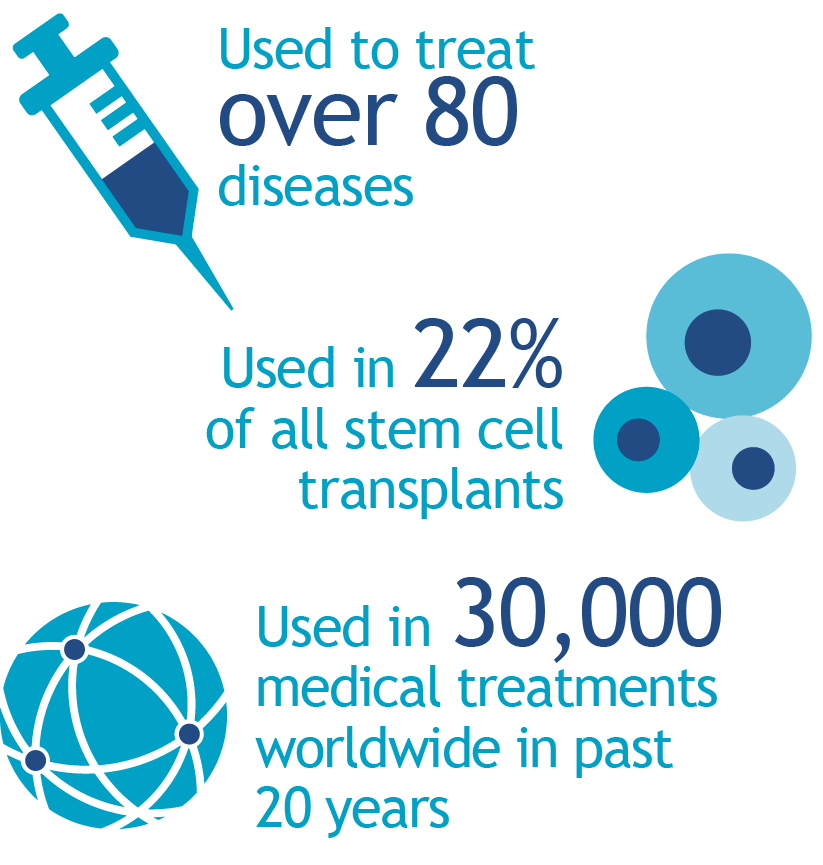
Induced pluripotent stem cells (also known as iPS cells or iPSCs) are a type of pluripotent stem cell that can be generated directly from adult cells. The iPSC technology was pioneered by Shinya Yamanaka’s lab in Kyoto, Japan, who showed in 2006 that the introduction of four specific genes encoding transcription factors could convert adult
5 Benefits of Stem Cell Therapy 1. Treats Orthopedic Injuries The type of stem cells being used in the most cutting-edge orthopedic practices — including those offered at the Regenexx clinic mentioned above — are called Mesenchymal stem cells (MSCs).
Scientifically proven, natural stem cell supplements that activate your own adult stem cells from your bone marrow are now available
Stem cells FAQs — Covers stem cell types, including embryonic stem cells, uses and ethical issues.
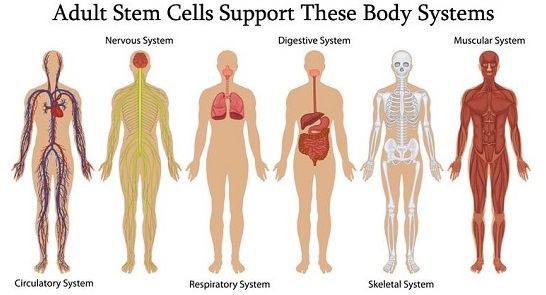
Stem cells are the building blocks of life found in the human body which can be used to treat diseases like Parkinson’s, Crohn’s etc. Learn more about stem cells …


Potency specifies the differentiation potential (the potential to differentiate into different cell types) of the stem cell.. Totipotent (a.k.a. omnipotent) stem cells can differentiate into embryonic and extraembryonic cell types.


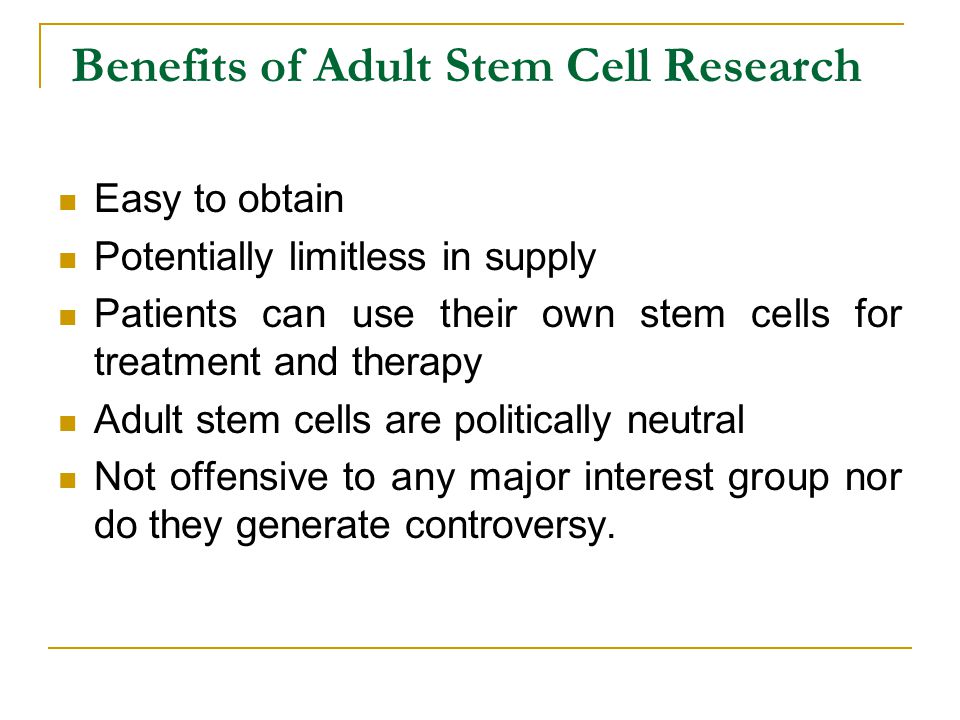
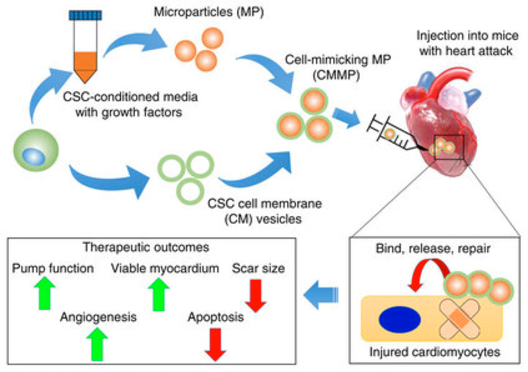
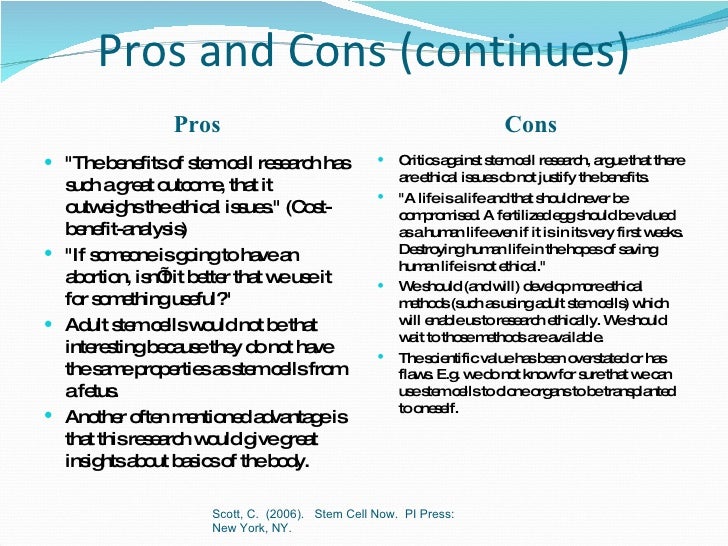

WHAT ARE STEM CELLS AND WHAT DO THEY DO? Stem Cells come from your bone marrow and can become fresh new healthy cells replacing old, sick or damaged cells in our body, helping rejuvenated organs and tissues to work better.